John Hopfield, one of this year’s winners of the Nobel Prize in Physics, is a true polymath.
John Hopfield has had a varied career and delights in working in the cracks between disciplines.
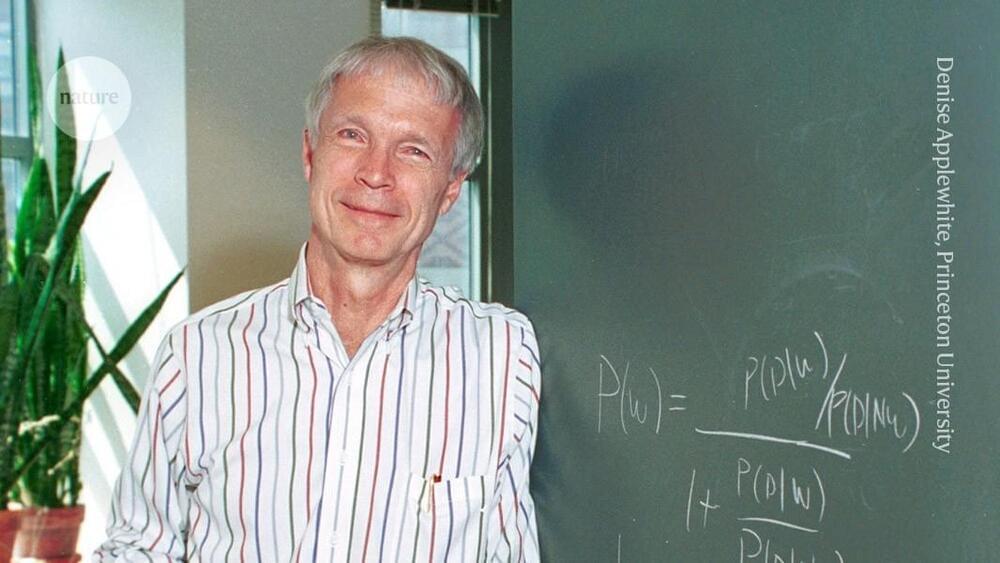
An exploration of the unsettling possibility we live in a universe of ancient galactic wars, ruins, relics, and leftover war machines scattered across the cosmos.
Watch my exclusive video Caretaker AI \& Genus Loci: https://nebula.tv/videos/isaacarthur–… Get Nebula using my link for 40% off an annual subscription: https://go.nebula.tv/isaacarthur.
Get a Lifetime Membership to Nebula for only $300: https://go.nebula.tv/lifetime?ref=isa… Use the link gift.nebula.tv/isaacarthur to give a year of Nebula to a friend for just $30.
Visit our Website: http://www.isaacarthur.net.
Join Nebula: https://go.nebula.tv/isaacarthur.
Support us on Patreon: / isaacarthur.
Support us on Subscribestar: https://www.subscribestar.com/isaac-a…
Facebook Group: / 1583992725237264
Reddit: / isaacarthur.
Twitter: / isaac_a_arthur on Twitter and RT our future content.
SFIA Discord Server: / discord.
Credits:
Ghost Armadas \& Primordial Galactic Wars.
Episode 471; October 31, 2024
Produced, Narrated \& Written: Isaac Arthur.
Editors: Lukas Konecny.
Graphics:
Darth Biomech.
Jeremy Jozwik.
Legiontech Studios.
Mihail Yordanov.
Udo Schroeter.
Select imagery/video supplied by Getty Images.
Music Courtesy of Epidemic Sound http://epidemicsound.com/creator
—————–Support the channel———–
Patreon: https://www.patreon.com/thedissenter.
PayPal: paypal.me/thedissenter.
——————Follow me on——————–
Facebook: https://www.facebook.com/thedissenteryt/
Twitter: https://twitter.com/TheDissenterYT
Dr. Alexander Rosenberg is the R. Taylor Cole Professor of Philosophy at Duke University. He has been a visiting professor and fellow at the Center for the Philosophy of Science, at the University of Minnesota, as well as the University of California, Santa Cruz, and Oxford University, and a visiting fellow of the Philosophy Department at the Research School of Social Science, of the Australian National University. In 2016 he was the Benjamin Meaker Visiting Professor at the University of Bristol. He has held fellowships from the National Science Foundation, the American Council of Learned Societies, and the John Simon Guggenheim Foundation. In 1993, Dr. Rosenberg received the Lakatos Award in the philosophy of science. In 2006–2007 he held a fellowship at the National Humanities Center. He was also the Phi Beta Kappa-Romanell Lecturer for 2006–2007. He’s the author of both fictional and non-fictional literature, including The Atheist’s Guide to Reality, The Girl from Krakow, and How History Gets Things Wrong.
In this episode, we focus on Dr. Rosenberg’s most recent book, How History Gets Things Wrong, and also a little bit on some of the topics of The Atheist’s Guide to Reality. We talk about the theory of mind, and how it evolved; the errors with narrative History, and the negative consequences it might produce; mind-brain dualism; what neuroscience tells us about how our brain and cognition operate; social science, biology, and evolution; the role that evolutionary game theory can play in explaining historical events and social phenomena; why beliefs, motivations, desires, and other mental constructs might not exist at all, and the implications for moral philosophy; if AI could develop these same illusions; and nihilism.
Time Links:
01:17 What is theory of mind, and how did it evolve?
06:16 The problem with narrative History.
08:17 Is theory of mind problematic in modern societies?
11:41 The issue with mind-brain dualism.
13:23 The concept of “aboutness”
15:36 Neuroscience, and no content in the brain.
22.21 What “causes” historical events?
28:09 Why the social sciences need more biology and evolution.
37:13 Evolutionary game theory, and understanding social phenomena.
41:06 The implications for moral philosophy of not having beliefs.
44:34 About “moral progress”
47:41 The usefulness of thought experiments in Philosophy.
49:58 The theory of mind will not be going away anytime soon.
51:37 Could AI systems have these same cognitive illusions?
53:13 A note on nihilism and morality.
57:38 Follow Dr. Rosenberg’s work!
–
Follow Dr. Rosenberg’s work:
Faculty page: https://tinyurl.com/ydby3b5f.
Website: http://www.alexrose46.com/
Books: https://tinyurl.com/yag2n2fn.
–
A HUGE THANK YOU TO MY PATRONS: KARIN LIETZCKE, ANN BLANCHETTE, BRENDON J. BREWER, JUNOS, SCIMED, PER HELGE HAAKSTD LARSEN, LAU GUERREIRO, RUI BELEZA, MIGUEL ESTRADA, ANTÓNIO CUNHA, CHANTEL GELINAS, JIM FRANK, AND JERRY MULLER!
I also leave you with the link to a recent montage video I did with the interviews I have released until the end of June 2018:
https://youtu.be/efdb18WdZUo.
And check out my playlists on:

“This research marks the first time that we have been able to identify a specific chemical change that is unique to the development of Huntington’s disease, which opens the possibility of developing new tests to study the early changes of the disease before irreversible damage occurs.”
U.K. and German researchers are hopeful that their discovery of a key biochemical change involved in the development of Huntington’s disease could lead to its early detection and treatment.
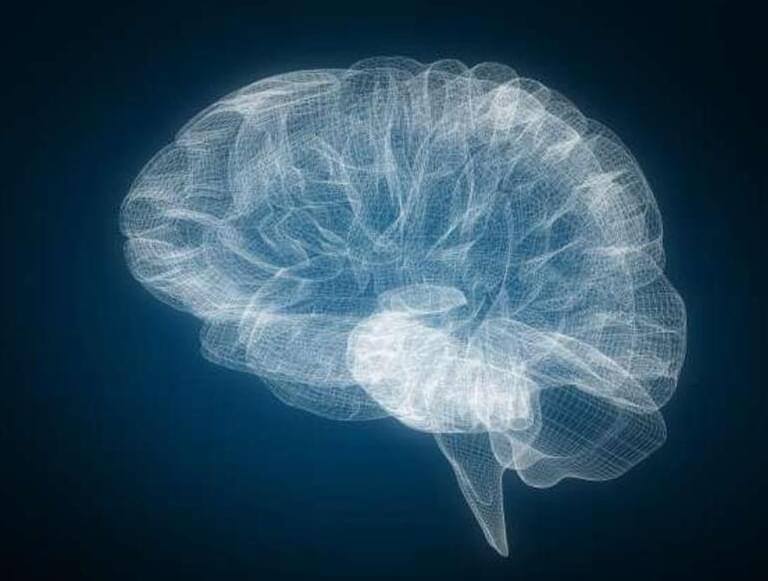
Alzheimer’s disease, fronto temporal dementia and progressive supra nuclear palsy. Using this study design, the investigators found four genes that marked vulnerable neurons across all three disorders, highlighting pathways that could be used to develop new therapeutic approaches.
The discovery of genes that marked vulnerable neurons could open options for therapeutic approaches.
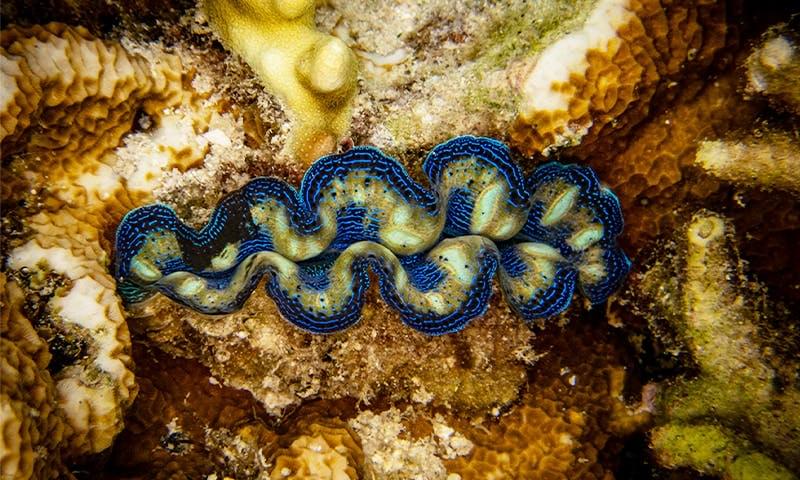

At some point in your life, you must’ve experienced a lightbulb moment when an amazing idea just popped into your head out of nowhere. But what is your brain doing during these brief periods of creativity?
Researchers from the University of Utah Health and Baylor College of Medicine looked into the origin of creative thinking in the brain. They found that different parts of the brain work together to produce creative ideas, not just one particular area.
“Unlike motor function or vision, they’re not dependent on one specific location in the brain,” Ben Shofty, the senior author of the study and an assistant professor of neurosurgery at the Spencer Fox Eccles School of Medicine, said. “There’s not a creativity cortex.”
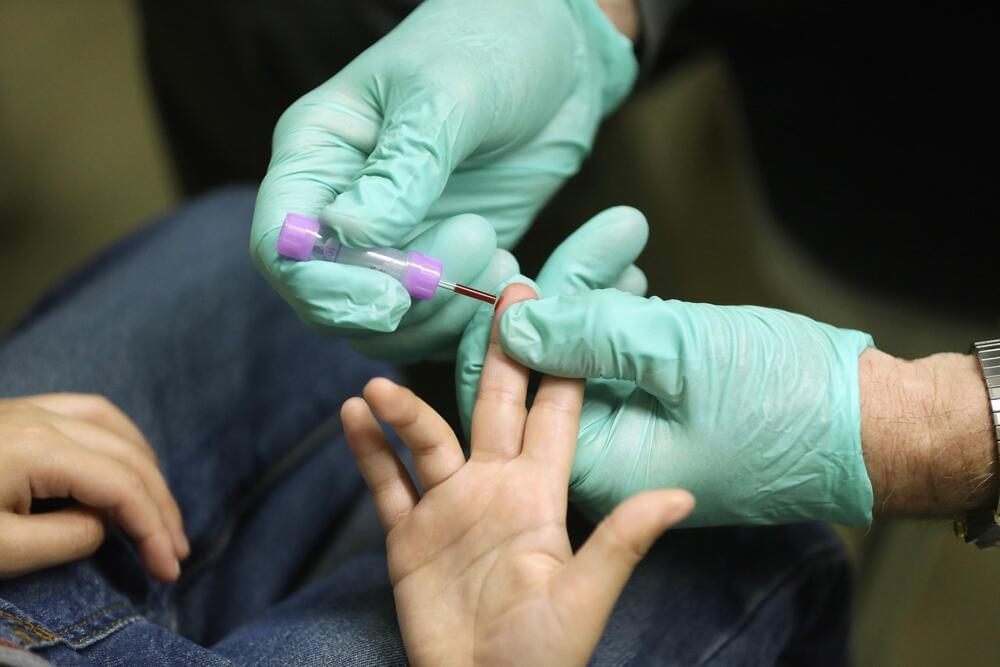

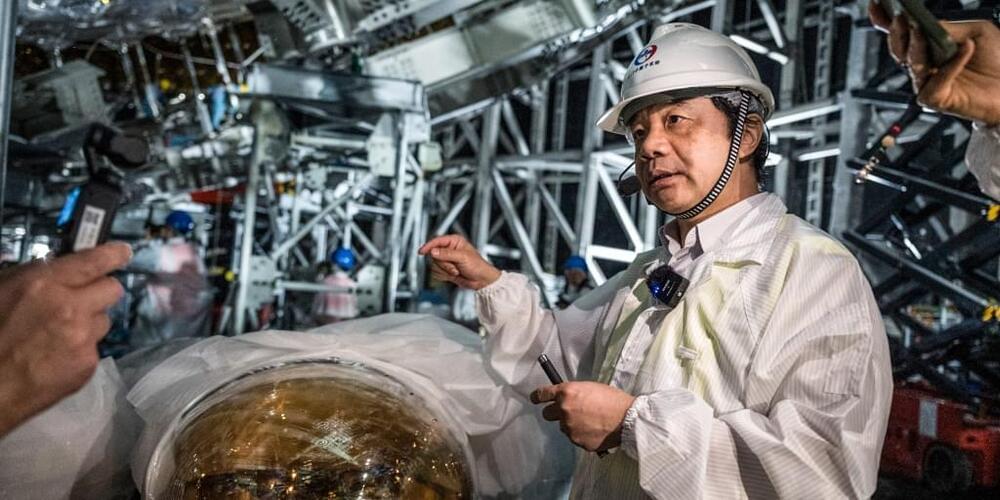
GOLDEN ROOSTER TOWN, Kaiping, China — In a granite cavern deep beneath the forested hills of southern China, workers will soon complete a 600-ton sphere that could crack open some of the deepest mysteries of modern physics.
The plexiglass sphere is the centerpiece of the Jiangmen Underground Neutrino Observatory, or JUNO, a $300 million facility designed to measure neutrinos, the smallest subatomic particles known to physicists.